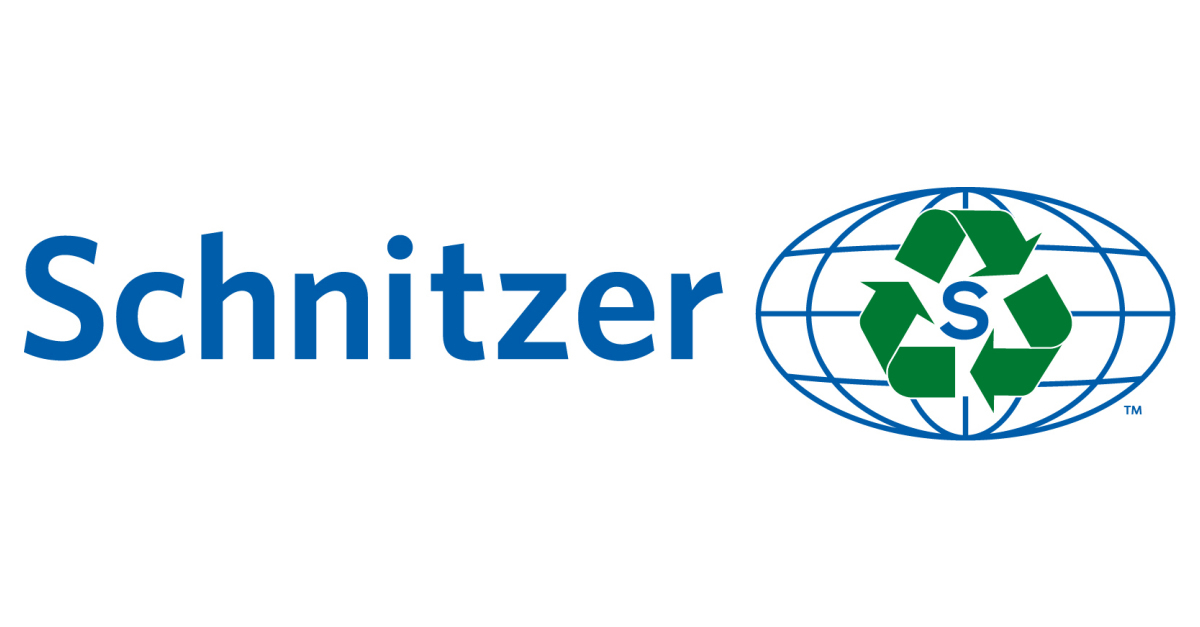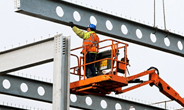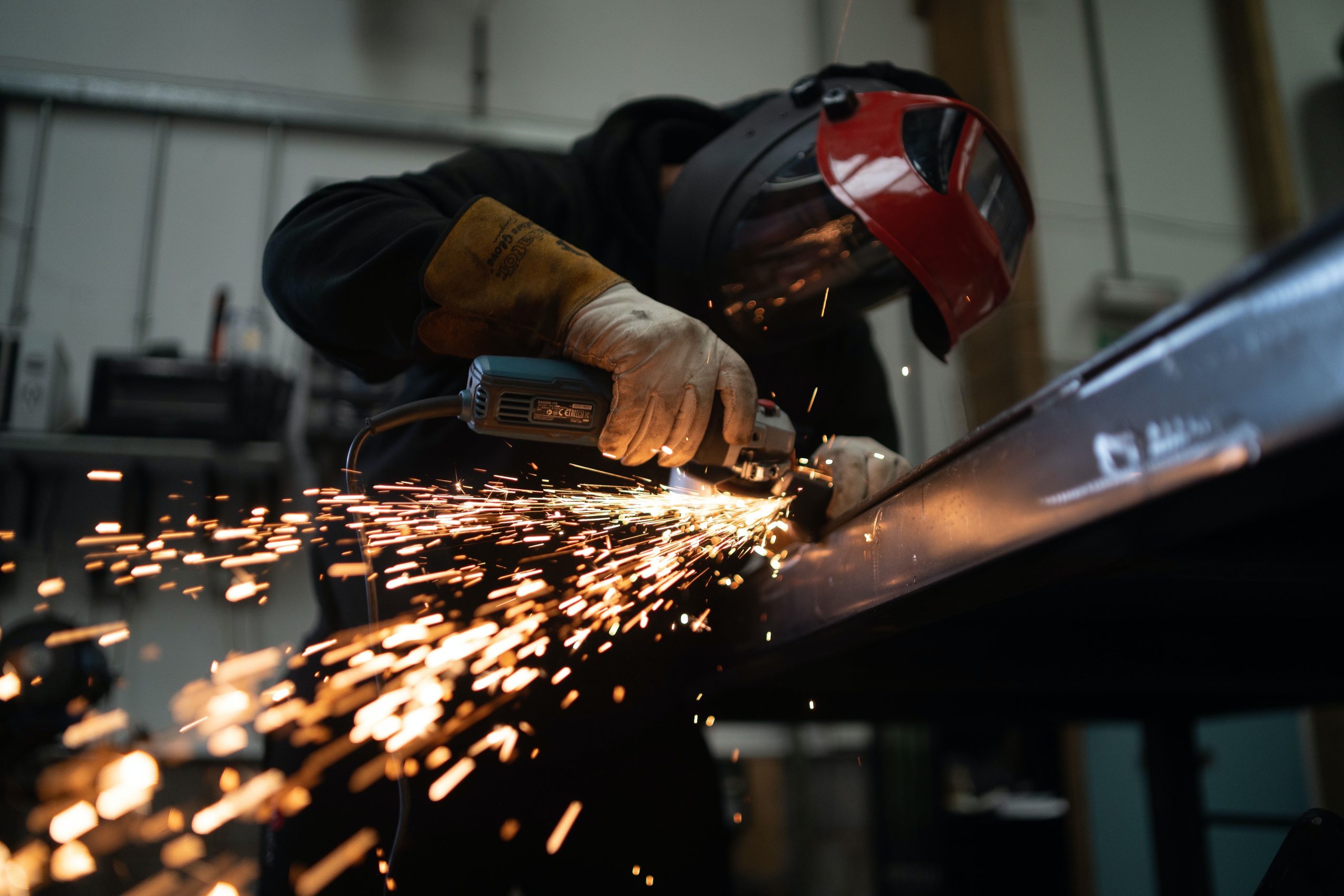Economy

Schnitzer Q3 Earnings Lifted Sequentially by Scrap Demand
June 27, 2023
Schnitzer Steel Industries reported lower earnings in its fiscal third quarter ended May 31 vs. a year earlier, but sequential performance was higher, driven by stronger demand for recycled metals.
 The Portland, Ore.-based scrap recycler and long steel producer reported net income attributable to shareholders of $13.5 million in its fiscal Q3, down 82% from $74.6 million in the same period last year on revenues that slid 20% to $809.6 million. However, this is up from net income of $4.4 million on revenues of $756 million in the same comparison with Q2.
The Portland, Ore.-based scrap recycler and long steel producer reported net income attributable to shareholders of $13.5 million in its fiscal Q3, down 82% from $74.6 million in the same period last year on revenues that slid 20% to $809.6 million. However, this is up from net income of $4.4 million on revenues of $756 million in the same comparison with Q2.
Sequentially, average net selling prices for ferrous and nonferrous products increased 13% and 2%, respectively, Schnitzer said.
The company said that sales volumes for finished steel products increased 30% to 142,000 net tons in its Q3 compared with Q2, benefiting from seasonally stronger demand for finished steel. Rolling mill utilization reached 97% in the quarter vs. 75% in the previous quarter and 96% a year earlier. Schnitzer added that average net selling prices for finished steel were lower sequentially by 2% in its Q3.
Tamara Lundgren, Schnitzer’s chairman and CEO, was bullish on her long-term outlook.
“While the near-term economic environment is showing some signs of slowdown, the long-term structural demand for recycled metals remains positive,” she said in a statement on Tuesday.
She said this is supported by (1) increased focus on decarbonization, (2) the transition to low-carbon technologies, (3) and the anticipated demand associated with the Infrastructure Investment and Jobs Act and the Inflation Reduction Act, including Buy Clean provisions.
By Ethan Bernard, ethan@steelmarketupdate.com
Latest in Economy

Architecture firms struggle through April
For the third month in a row, architecture firms reported a reduction in billings through April, according to the latest Architecture Billings Index release.

House committee blocks GOP budget proposal
The budget proposal has big implications for steel and manufacturing.

Manufacturing in New York state contracts again in May
Manufacturing activity in New York state declined for the third consecutive month, according to the May Empire State Manufacturing Survey from the Federal Reserve Bank of New York. Responding firms continue to forecast weaker business conditions in the coming months.

Chicago Business Barometer falls back in April, remains in contraction
The Chicago Business Barometer declined in April, reversing March’s gains, according to Market News International (MNI) and the Institute for Supply Management (ISM).

Fewer manufacturers optimistic about the economy
PMA’s April report shows that only 16% of surveyed manufacturers anticipate an increase in economic activity in the next three months (down from 23% in March)
